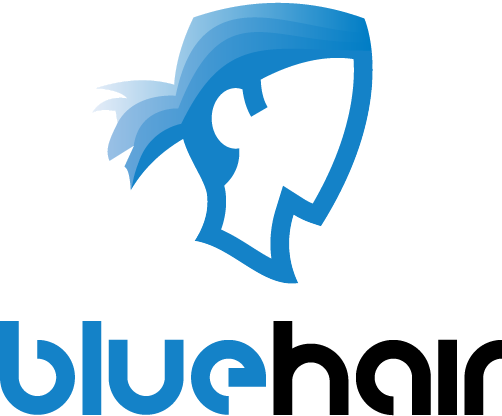Personal Area Libraries (PALs): Books and Libraries of the future
As part of a project for the TU Delft and together with my good friends Job Greefhorst and Amine Rhord, we set out to design the books and libraries of the future. We followed some context mapping techniques to understand the domain of reading in general as a first step for our process. I will explain the process in a later post, as it was quite interesting and it will give me a chance to explain some of these context mapping techniques in greater detail, but in the mean time, I’ll just stick to the results of our research which are more than plenty for a single post, and of course I will show you one of the two concepts that we came up with (the other one will also come on a later post).
So let’s get started…
THE READING DOMAIN CONTEXT
We wanted to know what people thought of their books, how they stored them, why they liked them, why they read, etc. The main results we got from our research were:
- People get their books from bookstores (physical and digital), from other people or from the library.
“I really like that you get the feeling that someone else read that book. Library books have a history.”
“Browsing in real life is more fun. You can actually hold the book.”

They buy from physical bookstores because they feel that browsing through the pages of books is part of the experience. They buy from the internet because it’s cheap, has home delivery, it’s easy to compare and there’s an almost endless selection of books. They lend them from other people, because they are usually recommended books. And they get them from the library because they are free for a while and they have a history.
- Different types of information (news, entertainment, topic oriented) come in different formats that enhance the reading of such information.
“You can choose which articles you are going to read.”
“The feeling of the paper, smell of ink too… I like it the classic way.”
“I can mark the pages and quotes, and I can display them on my bookshelves”
We identified 3 types of information:
|
Kind of Information |
Formats |
Usage factors |
|
TOPIC ORIENTED INFORMATION |
– Book – Reader – Magazine |
– Package or bundle of information – In depth bundles of text / Illustrations – Conservable – References, Quotes – Compact |
|
STORYTELLING |
– Book |
– Long continuing text – Monotone lay out / lining – Unique & Precious – Timeless and conservable – Package of information / a Bundle – Compact |
|
NEWS AND VARIETY |
– Newspaper – Magazine |
– Overview – Scroll & browse fast – Bite size articles – Efficiency of getting the information – Time dependant / specific – Cheap |
- The value of physical books can be defined by AESTHETICS & SUBJECTIVE MEANING.
“I can display them on my bookshelves”
“Normally I buy a book as collection, so physically it should be good”
“Books are really personal to me and are part of my precious collection”

- The value of the library can be defined by AESTHETICS & SUBJECTIVE MEANING (the value of books) + ACCESSIBILITY.
“My books are always easily accessible and in plain sight for inspiration“
“I usually sort them by theme of the book”
“It is really a nice collection, it took me years. It is really well organized”
- The environment in which our system is located, is also very important for the reading experience.
“Having a good place to sit and drink coffee makes the experience better”
“I like reading in bed, it’s comfortable and warm and it’s my personal space”
OUR VISION
Based on the things we found out about the context, we created a VISION which served as a framework for our design process:
“In a world full of volatile digital media, people feel distant and unconnected from their reading material. It’s so easy to copy and distribute media that its very possession has lost its value.
We want to bring this value back to the people.”
We also defined a short list of Qualities of Interaction that we identified as relevant in order to help us achieve our vision:
- Selective
- Inspiring
- Personal
- Familiar
The PALs (PERSONAL AREA LIBRARIES)
Finally, we came to the concept developing phase of our project, in which we defined two new concepts, one of which was the PALs (Personal Area Libraries).
The reading material is carried by a scrollable eReader and this content becomes a “finger print” of the interests of the user. The eReader acts both as a display for the content and as a “Personal Area Library” (PAL), but PAL’s can also be location specific, for example a university library or a bookstore.
When two PAL’s come in reach of each other, they offer each other content which is deemed relevant or of interest to each of them by using the “finger print” as a guideline.
The reading material becomes more valuable to the user as it acts as a reflection of his interests which can then be used to acquire more material of his liking.
At the very top of this post, you can see a video explaining the PALs concept.





